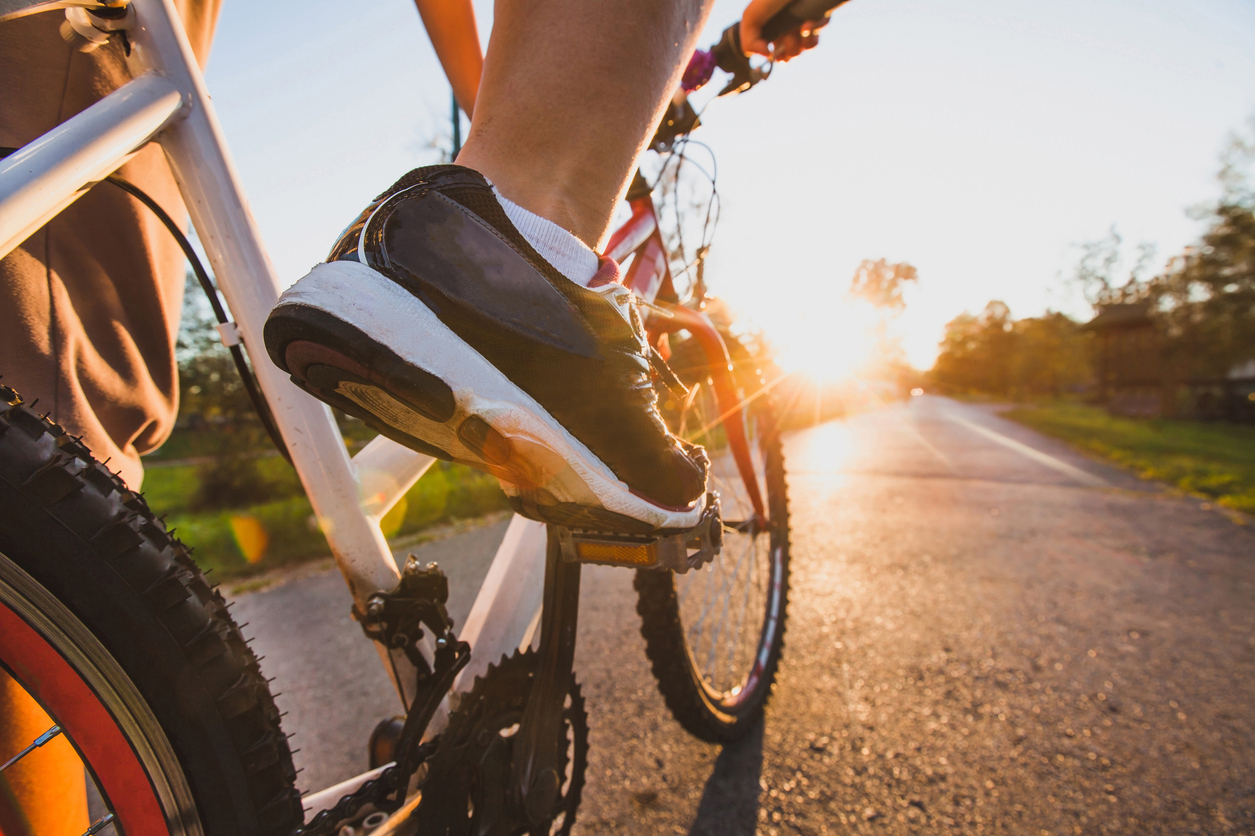Are your state and local lawmakers open to considering alternatives to traditional infrastructure, but hesitant to commit funding necessary for permanent projects? Consider a quick build campaign. These campaigns are relatively inexpensive and can help to highlight the reasons why embracing bicycle and pedestrian infrastructure will be a benefit to society.
What is a Quick Build Campaign?
Dedicated bicycle and pedestrian infrastructure projects are ideal. However, it can be difficult to get lawmakers and local officials on board with the idea of committing invaluable funds to a project that, in their eyes, should help the community.
A quick build campaign is essentially an inexpensive trial run. The city can lay down some paint, put up some inexpensive planters as barriers, and sit back to watch the results. Rather than shelling out thousands of dollars and disrupting existing infrastructure, cities can temporarily install certain bicycle and pedestrian features to see how those changes impact the community.
Benefits of putting down temporary bicycle and pedestrian infrastructure include:
- Determining how popular alternative transportation is in a particular area
- Gauging demand for certain infrastructure features
- Analyzing traffic patterns and the flow of traffic in light of new bike lanes; and
- Increasing interest in shifting from a vehicle to using a bicycle or walking.
In most cases, once citizens and government officials can see the benefits of alternative transportation infrastructure first-hand, they jump on board. It’s a great way to make it easier, politically-speaking, to get funding for dedicated bicycle lanes and segregated pedestrian walkways.
Why Are Quick Build Campaigns Important?
There are three main reasons that quick build campaigns are an important tool: cost, assessment, and value.
Cost
While dedicated bike and pedestrian infrastructure are considerably more cost-efficient than traditional roads and infrastructure, governments can still be hesitant to commit funds to unproven ideas. Since quick build campaigns are, by their very nature, temporary, they don’t cost a lot. Cities simply have to invest in some paint, planters or other barriers, and signage. When all is said and done, a city could conceivably put temporary infrastructure in place for a few thousand dollars:
- Paint ($50-$100 per bucket)
- Plastic barriers ($150-$200 each); and
- Planters ($800-$1,000 each).
The cost will, of course, depend on the extent of the quick build campaign. Cities could simply choose a small dedicated area and use a small stretch of road for the pilot program.
The cost of one mile of a dedicated bike lane can range from $5,000 to $535,000, depending on features and circumstances. It’s much easier to get the government on board by spending a fraction of that to test the idea.
Assessment
Every community is different and may benefit from different types of bicycle and pedestrian infrastructure. You may not know which type of infrastructure is best suited for your specific community. Quick build campaigns can be a great way to assess what works, what doesn’t, and what a community may need or demand.
Quick build campaigns can be particularly effective because the government can scrap ideas that don’t work. This can save a lot of money in the long run and help to design permanent infrastructure that is best suited for a specific area.
Value
Value is different from cost. Value refers to the benefit of dedicated bicycle and pedestrian infrastructure in your community. Research shows that when people have access to safe infrastructure they are more likely to use it. In fact, a study by Portland State University found that the number of bicyclists in 5 American cities increased by 20 to 170 percent when those cities added protected bike lanes.
More bicyclists and pedestrians mean less traffic (and accidents), reduced emissions, and increased personal and public health. The value and benefits of safe infrastructure can be seen through the effects of quick build campaigns.
How Can I Get a Quick Build Campaign Off the Ground in My Community?
Now that you know the benefits of a quick build campaign, it’s time to get one going in your own backyard. Here’s how you can get your local officials to sign off on a quick build campaign:
- Do Your Research: You need to be able to articulate why dedicated and safe bicycle and pedestrian infrastructure will be beneficial to your community. Research the issue and come up with a short pitch to get your message across. Rely on statistics, anecdotes, and other successful campaigns.
- Show Up at Community Meetings: Quick build campaigns should be a community effort. Start engaging your neighbors by speaking at local events and community meetings. The more people you have on board, the greater your chances of convincing your government to take a chance on a quick build campaign.
- Find Local Advocates: There is power in numbers, and we can all benefit from outside help. Do a little research to find local advocacy groups in your neighborhood. Don’t limit your search to others who are solely focused on safe transportation. Find groups that are fighting for the environment. Find groups that are advocates for personal health and exercise. Touch base with local businesses that may benefit from an increase in biking and walking in the community. Again, the greater the demand for safe infrastructure, the better your chances of making it happen.
- Contact Your Government Officials: Quick build campaigns can’t happen if you don’t get the necessary approval and funding. Write letters, make phone calls, and show up to meetings. Putting in the work now will help to make your campaign successful.
If you need help with your quick build campaign contact groups like Advocacy Advance. Our mission is to help local communities and organizations secure the funding they need to get safe infrastructure in their neighborhoods. Advocacy Advance has the resources and experience that can help bring your campaign to the next level.


